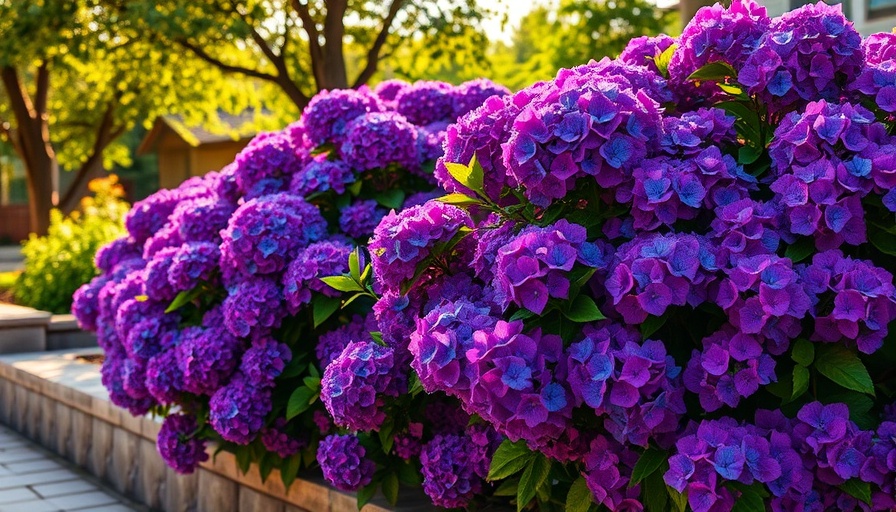
Planting Shrubs in August: Your Comprehensive Guide
As summer winds down, late August offers a golden opportunity for homeowners looking to enhance their landscapes by planting shrubs. Not only can you capitalize on seasonal nursery sales, but planting shrubs now gives them ample time to establish roots before the winter chill arrives. From preparing the soil to selecting the right plants, this guide will walk you through the essential steps to succeed.
The Benefits of August Planting
One of the biggest advantages of planting in August is that the soil retains warmth, which promotes faster root development. This is particularly crucial for shrubs since establishing a strong root system can lead to healthier plants in the spring. Notably, many gardeners overlook late summer as a planting period, opting for spring instead. However, by planting in August, you minimize the competition with weeds and can benefit from reduced watering needs as the weather begins to cool down.
Choosing the Right Shrubs
When selecting shrubs to plant this month, not all options are appropriate for the late summer heat. Some varieties that perform exceptionally well include:
- Rose of Sharon (Hibiscus syriacus): Thrives in full sun to partial shade, making it a versatile choice.
- Chokeberry (Aronia melanocarpa): This hardy shrub produces beautiful berries and stunning fall foliage.
- Butterfly Bush (Buddleja): Attracts pollinators and blooms late into the season.
- Japanese Barberry (Berberis thunbergii): Known for its hardiness and vibrant colors.
- Spiraea (Spiraea spp.): Offers stunning flowers and is a great choice for low-maintenance gardens.
Each of these varieties can adapt well to the local climates, especially in areas like Muskegon, where the late summer temperatures can still be high.
Preparing Your Garden for August Planting
Before you dig, prepare your garden beds to maximize the success of your shrubs. Begin by:
- Testing Soil Quality: Ensure your soil is well-draining and nutrient-rich. You can mix in compost to improve soil quality.
- Watering Properly: Deep watering of existing plants helps to mitigate heat stress on new transplants.
- Mulching: Apply a hefty layer of mulch around your shrubs to retain moisture and regulate soil temperature.
Finally, timing is essential. Aim to plant in the early morning or evening hours when temperatures are cooler to reduce the stress on the newly planted shrubs.
Common Challenges and Solutions
Despite your best efforts, planting shrubs in late summer comes with its challenges. Common issues include heat stress and pests. To combat these challenges, consider:
- Watering Strategies: Implement consistent watering schedules using homemade watering devices or automated systems to maintain moisture levels.
- Effective Pest Management: Regular monitoring and the use of natural pest control methods can help protect your plants.
Understanding how to navigate these challenges will increase your chances of success this planting season.
Long-Term Garden Value: Start Planning Now!
Investing in shrub planting now not only beautifies your yard but also offers long-term benefits. Healthy shrubs foster a vibrant ecosystem by attracting beneficial insects, enhancing your home’s curb appeal, and increasing property value. If you’re thinking about your future garden projects in Muskegon, consider ideas like constructing elevated planter boxes or designing a backyard utility house to complement your new plants while maximizing your outdoor space.
If you’re ready to take your landscaping to the next level, don't forget to hire a professional lawn care service to help maintain your new plants! Your local lawn care company can assist with tasks such as winter plowing and overall property management as well. For five-star service, contact Norther-LawnCare.com or reach out to Everett Lucas at 231-450-3414.
 Add Row
Add Row 
 Add
Add 


Write A Comment